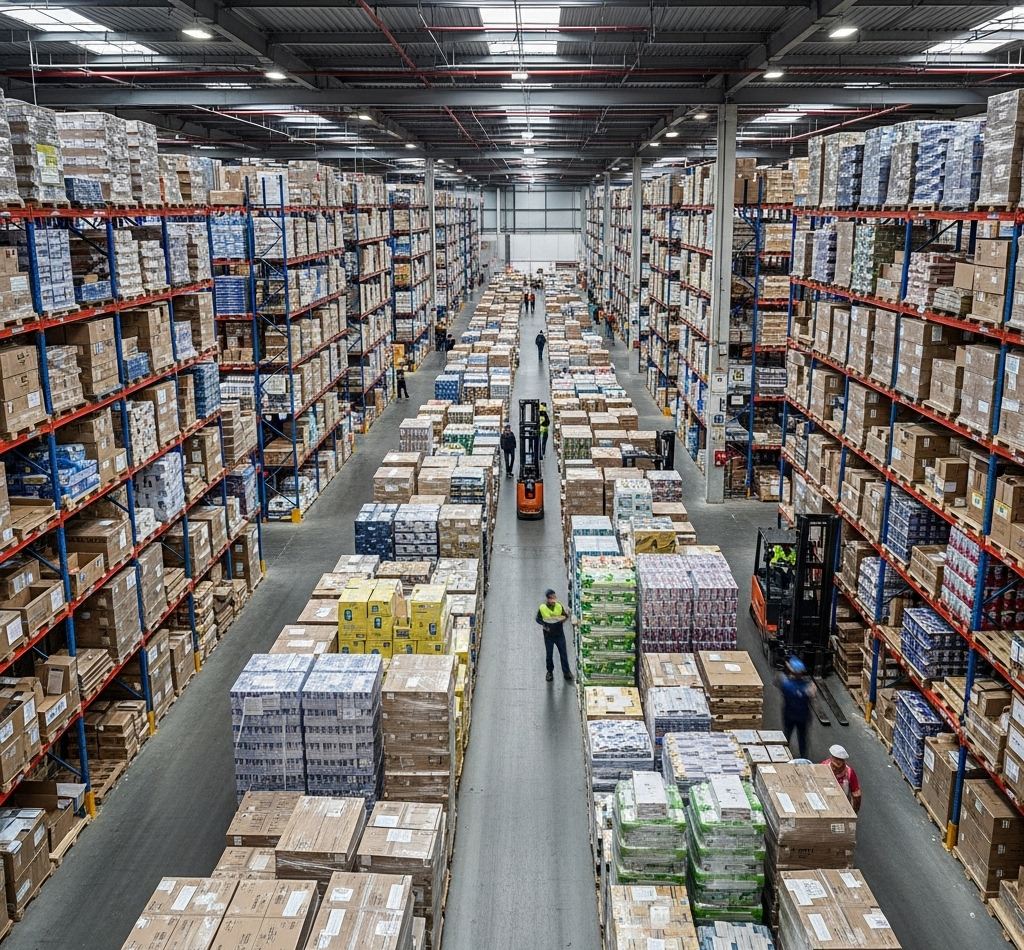
In the dynamic landscape of fast-moving consumer goods (FMCG), where products like snacks, beverages, and toiletries turn over rapidly on shelves, sourcing strategies play a pivotal role in determining business success. With the FMCG market projected to reach unprecedented scales by 2025, companies face the constant tug-of-war between securing cost efficiencies through bulk purchases and maintaining the agility to pivot with consumer trends and market volatility. This blog post breaks down volume buying versus flexible sourcing, their pros and cons, and how to choose the right approach for fast-moving products.
Volume buying, or bulk purchasing, involves procuring large quantities of goods or materials at once to leverage economies of scale. This strategy is particularly suited for stable, high-demand FMCG items where predictability reigns, allowing manufacturers to negotiate lower unit prices from suppliers.
Flexible sourcing, often tied to agile supply chain models, emphasizes adaptability by using multiple suppliers, just-in-time (JIT) ordering, and responsive procurement. This approach is ideal for FMCG products with volatile demand, enabling quick adjustments to market signals.
For fast-moving products, the choice hinges on demand predictability and market dynamics. Volume buying shines in stable categories like staple foods, where consistent high turnover justifies bulk economies. In contrast, flexibility is key for trend-sensitive items like beauty products, where agility trumps cost to capture fleeting opportunities.
| Aspect | Volume Buying | Flexible Sourcing |
|---|---|---|
| Cost Focus | Low unit costs via scale | Higher costs but lower holding expenses |
| Adaptability | Low; rigid commitments | High; quick pivots |
| Inventory Risk | High (overstock) | Low (minimal stock) |
| Best For | Predictable, high-volume demand | Volatile, trend-driven markets |
| Tech Reliance | Moderate (for forecasting) | High (real-time analytics) |
Hybrid models are emerging, blending bulk for core items with agile tactics for innovations, as trends like supply chain agility gain traction.
Many FMCG leaders are pursuing hybrids: using volume buying for base loads while layering flexible sourcing for variability. Trends include tech integration like AI for forecasting and sustainability-focused procurement, driving resilient chains. As markets polarize between premium and value segments, strategies must evolve to blend cost savings with adaptability. In conclusion, neither volume buying nor flexibility is a one-size-fits-all for fast-moving products. Assess your product’s demand patterns, leverage technology, and consider hybrids to stay competitive in the ever-evolving FMCG world.
© 2025 Lasso Supply Chain Software LLC
Get instant access to our report on the Top Procurement Trends of 2025 by filling out the form below.

Get instant access to our report on the Top Procurement Trends of 2025.